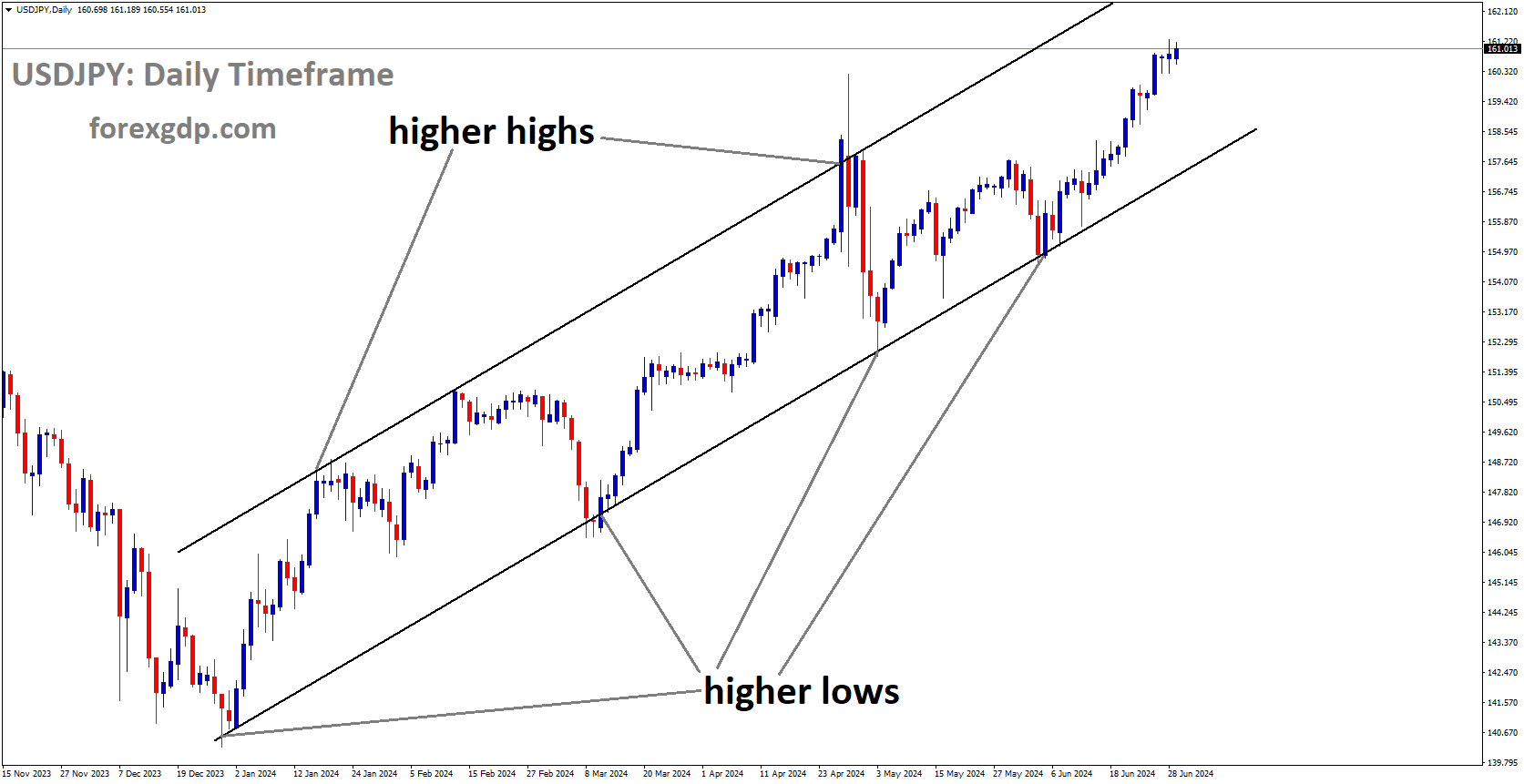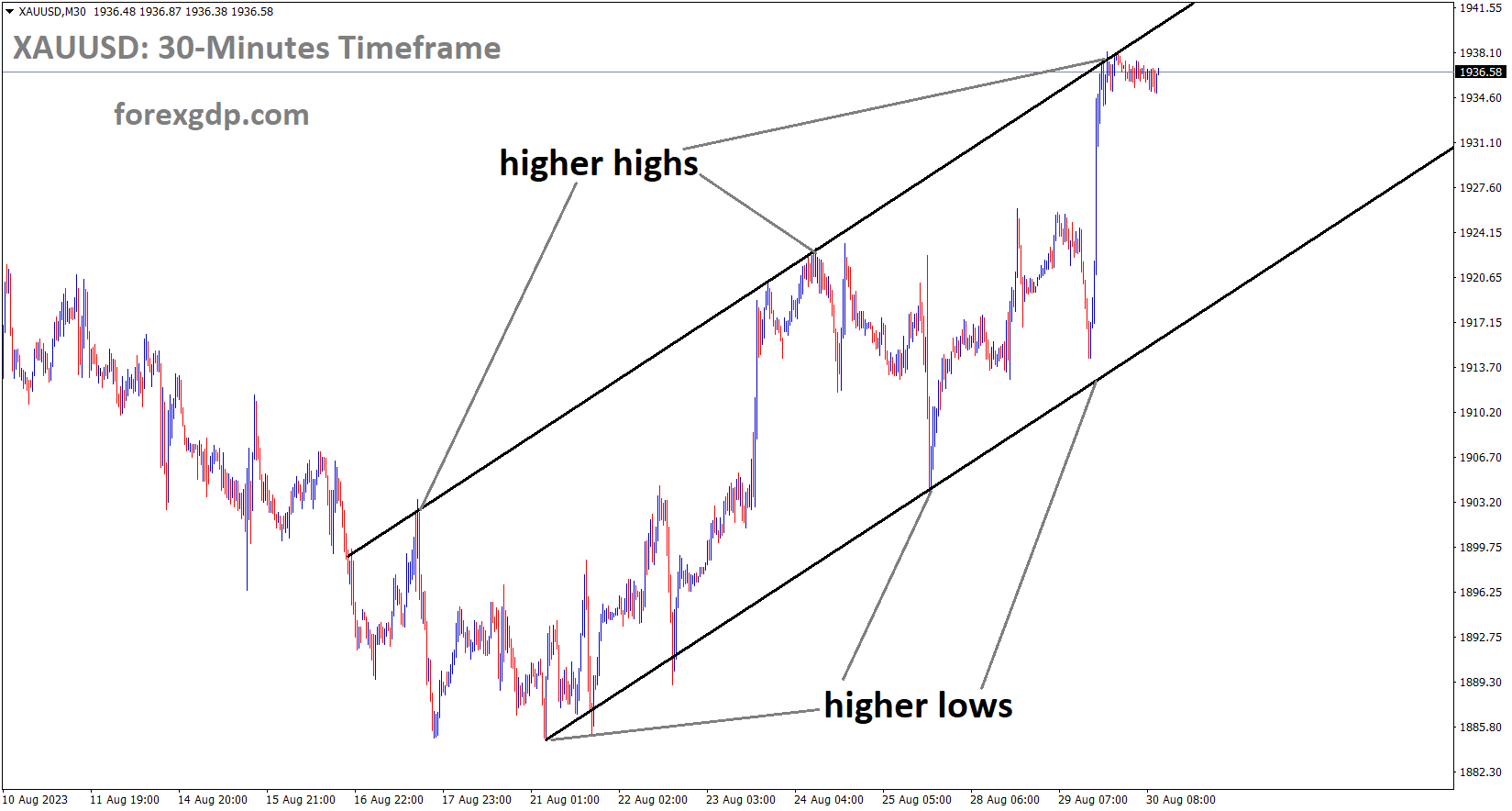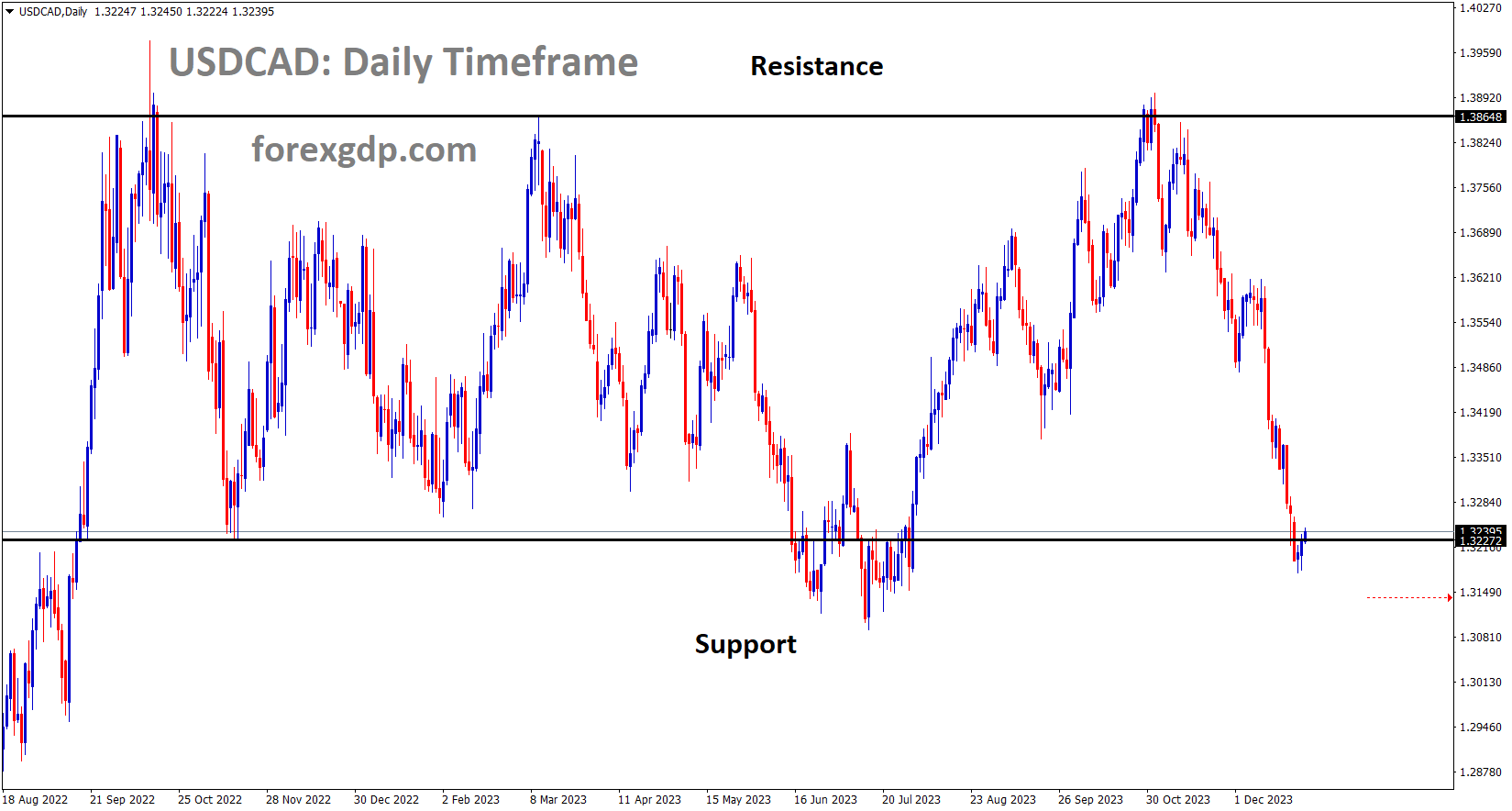USDJPY is moving in Ascending channel and market has rebounded from the higher low area of the channel
The Japanese Yen: Resilient Amid Economic Shifts and Inflation Data
The Japanese Yen (JPY) has been navigating a challenging landscape, holding its ground near its lowest level in decades. Despite its struggles, there are key economic factors that are supporting the Yen and preventing further depreciation. Let’s delve into the dynamics influencing the Japanese Yen and the broader implications for the global economy.
Economic Indicators Bolstering the Japanese Yen
Tankan Large Manufacturing Index
One of the significant positive indicators for the Japanese economy is the Tankan Large Manufacturing Index. This index, which measures the business confidence of large manufacturers, has shown a notable rise. In the second quarter, it climbed to 13, up from the previous reading of 11. This is the highest level it has reached in two years, reflecting an improving economic outlook. The rise in business confidence is a strong signal that Japan’s manufacturing sector is rebounding, which in turn provides support for the Yen.
Jibun Bank Manufacturing PMI
Another crucial economic indicator is the Jibun Bank Manufacturing Purchasing Managers’ Index (PMI). For June, this index was revised slightly lower to 50 from a preliminary reading of 50.1. However, it remained in expansionary territory for the second consecutive month. An index above 50 signifies expansion in the manufacturing sector, indicating that Japanese manufacturers are experiencing growth despite global economic uncertainties. This steady performance helps to stabilize the Yen.
US Dollar Weakness and Its Impact on the Yen
Fed Rate Cut Expectations
The US Dollar (USD) has been facing its own set of challenges, particularly with recent inflation data influencing expectations of future Federal Reserve (Fed) rate cuts. Inflation in the US has been easing, which has led to increased speculation that the Fed might reduce interest rates in the coming year. The CME FedWatch Tool, which tracks market expectations for Fed policy, shows a growing likelihood of a rate cut by December 2024. This weakening of the USD provides relative strength to the JPY as investors seek more stable currencies.
USDJPY is moving in Ascending channel and market has rebounded from the higher low area of the channel
US Inflation Trends
Recent data from the US Bureau of Economic Analysis highlighted that US inflation has eased to its lowest annual rate in over three years. The Personal Consumption Expenditures (PCE) Price Index, a key inflation measure, increased by 2.6% year-over-year in May, down from 2.7% in April. Core PCE inflation, which excludes food and energy prices, also showed a similar trend, aligning with market expectations. These inflation trends are critical as they impact the Fed’s monetary policy decisions and consequently the strength of the USD.
Japan’s Response to Currency Volatility
Government Concerns and Potential Interventions
Japanese authorities have expressed concern over the rapid and one-sided movements in the foreign exchange market. Finance Minister Shunichi Suzuki emphasized that excessive volatility in the currency market is undesirable and that the government will respond appropriately to mitigate such fluctuations. This stance suggests that there could be potential interventions to stabilize the Yen if necessary. The government’s proactive approach in addressing currency volatility helps to reassure investors and limit the downside risk for the Yen.
Tokyo’s Inflation Data
Inflation data from Tokyo also plays a significant role in shaping expectations around Japan’s economic policies. Recent figures showed that the Consumer Price Index (CPI) inflation in Tokyo rose to 2.3% year-over-year in June, up from 2.2% in the previous period. Core Tokyo CPI, which excludes volatile food prices, also increased, reaching 2.1% YoY compared to the previous 1.9%. These rising inflation figures indicate that Japan is experiencing some upward price pressures, which could influence the Bank of Japan’s (BOJ) monetary policy decisions.
Final Summary
The Japanese Yen, despite its current challenges, is finding support from several positive economic indicators. The rise in the Tankan Large Manufacturing Index and the steady performance of the Jibun Bank Manufacturing PMI reflect an improving economic outlook for Japan. Meanwhile, the weakening of the US Dollar due to expectations of Fed rate cuts further supports the Yen. Additionally, Japanese authorities’ readiness to intervene in the currency market and rising inflation in Tokyo are important factors that help stabilize the Yen.
Understanding these dynamics is crucial for anyone involved in forex trading or interested in the global economy. As the situation evolves, keeping an eye on these indicators and government actions will provide valuable insights into the future movements of the Japanese Yen.
Don’t trade all the time, trade forex only at the confirmed trade setups
Get more confirmed trade signals at premium or supreme – Click here to get more signals , 2200%, 800% growth in Real Live USD trading account of our users – click here to see , or If you want to get FREE Trial signals, You can Join FREE Signals Now!








